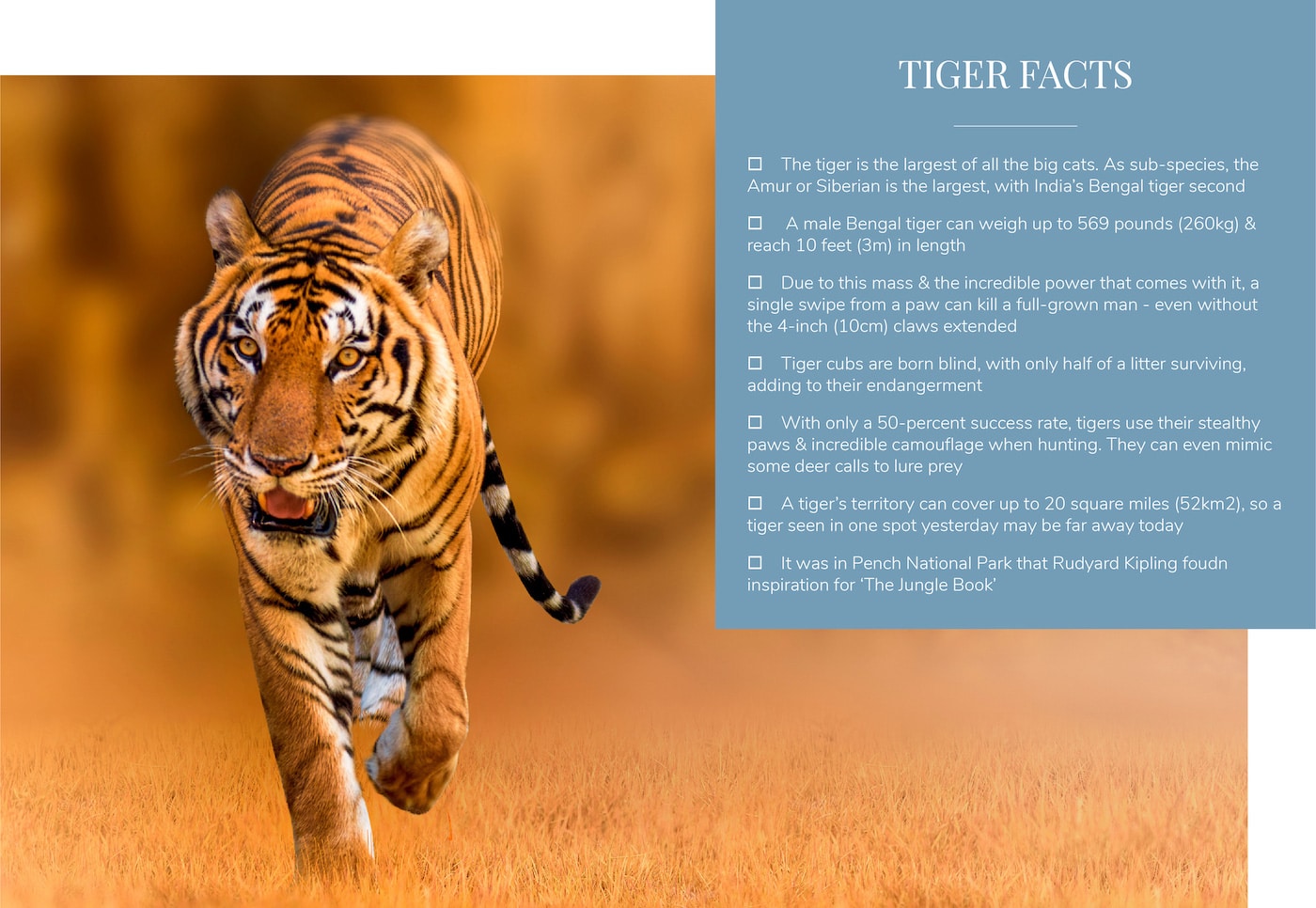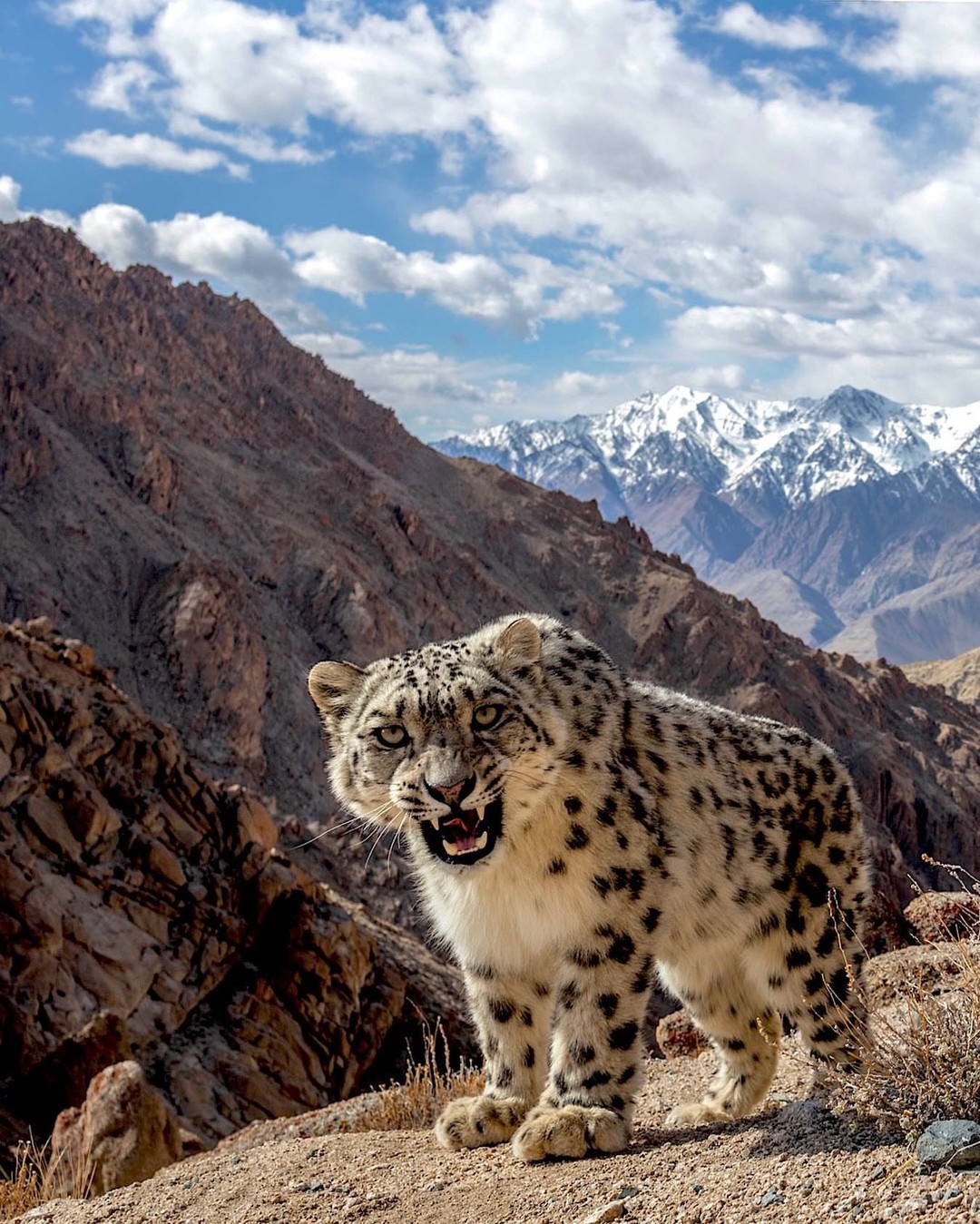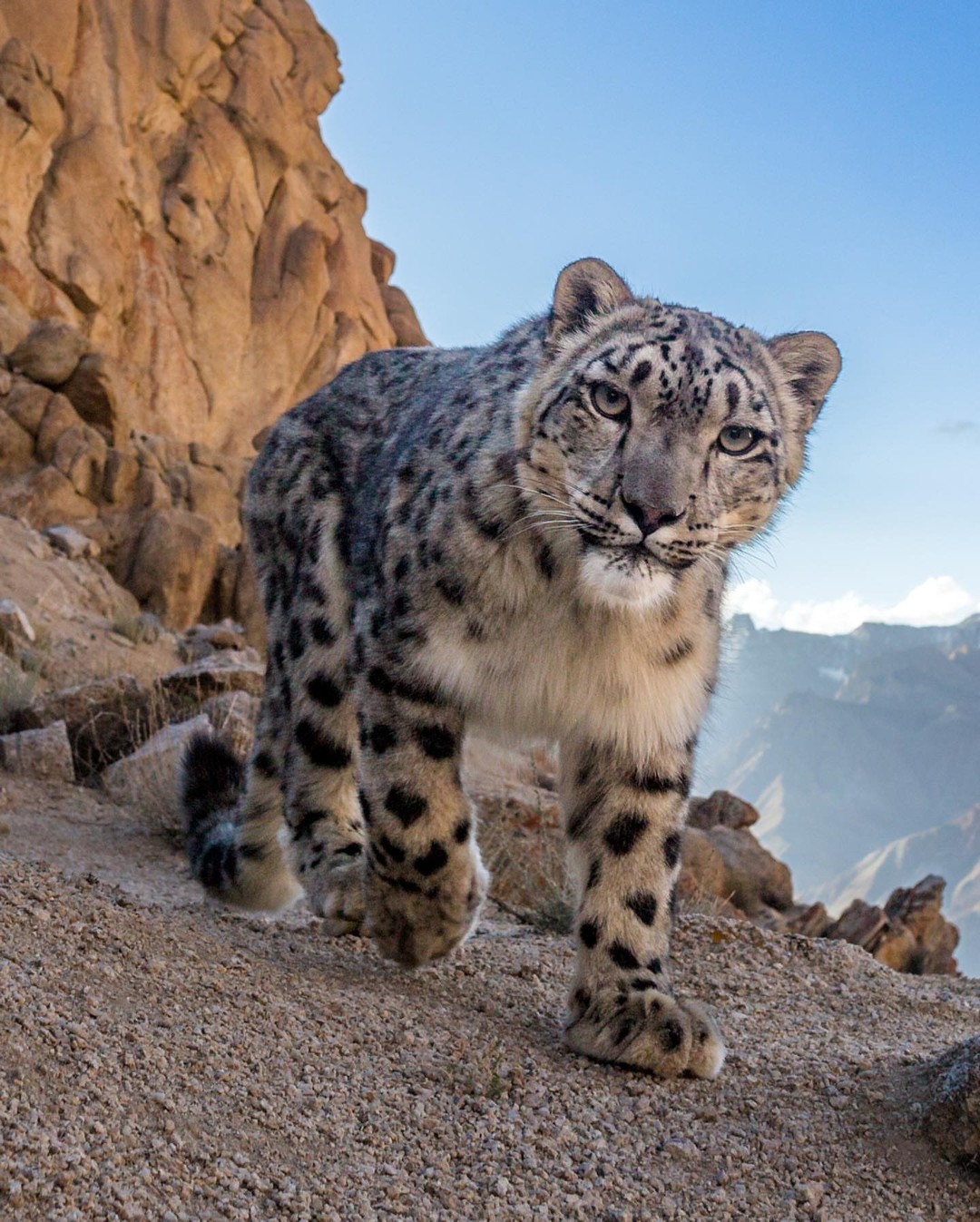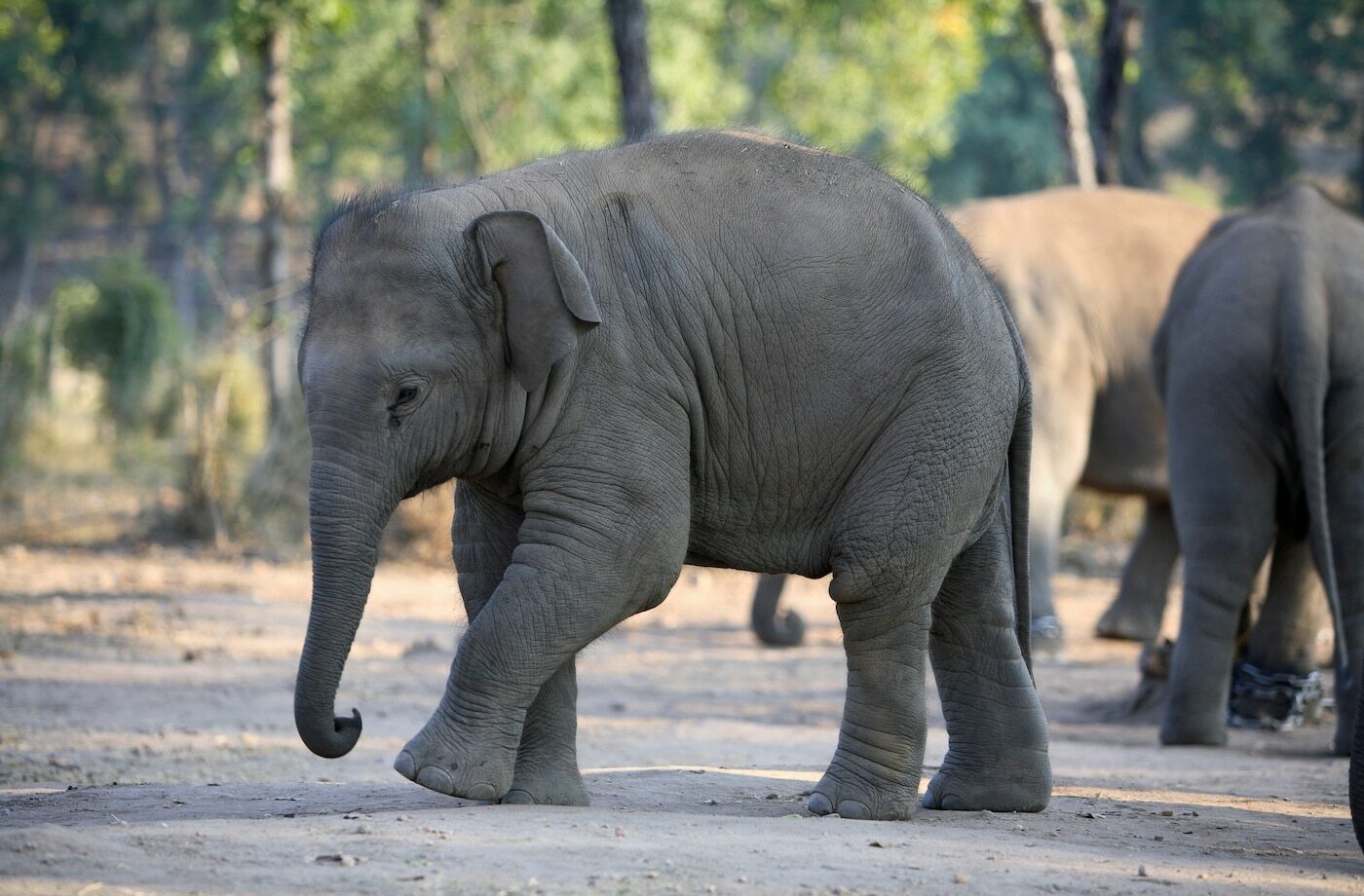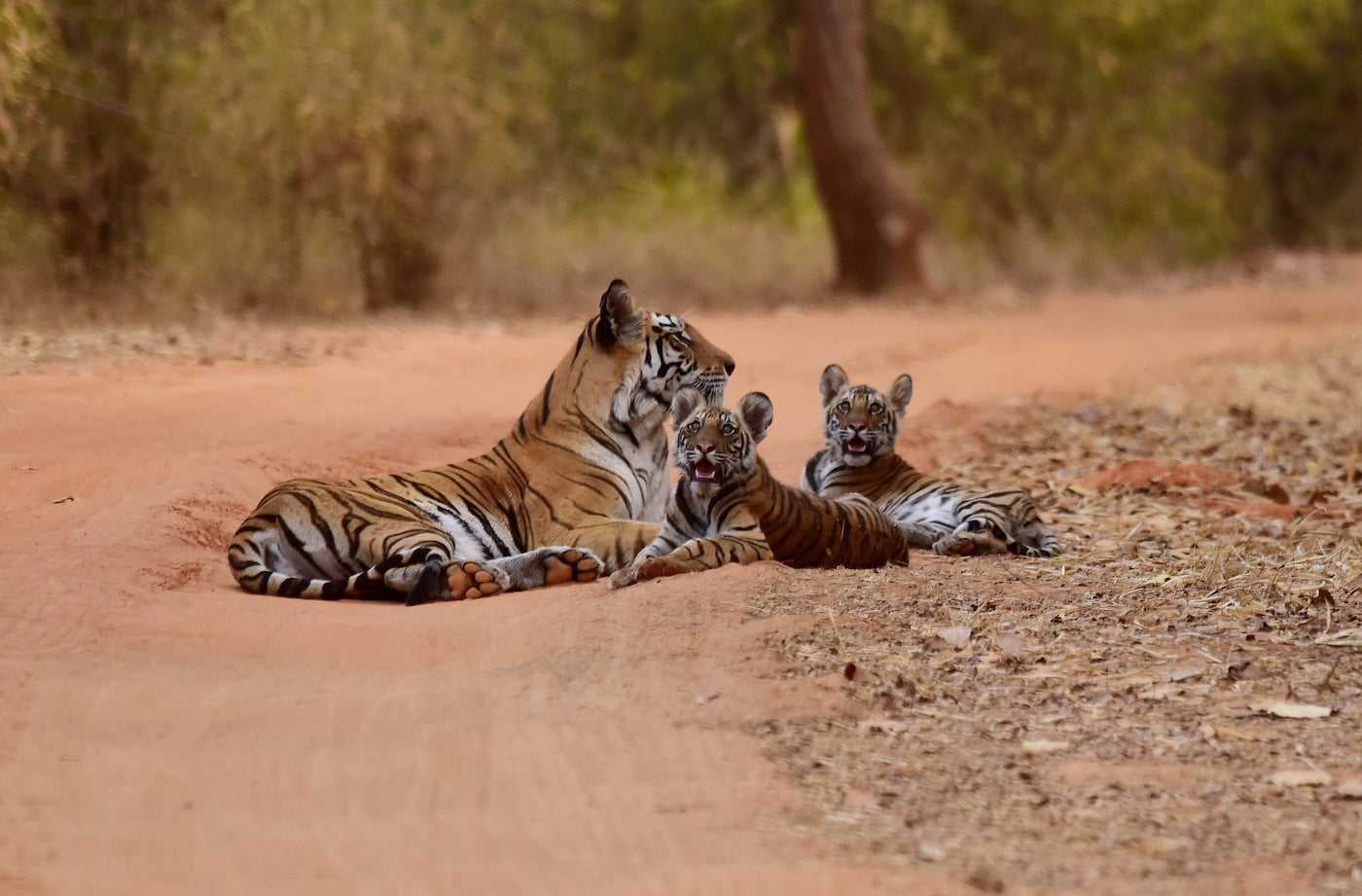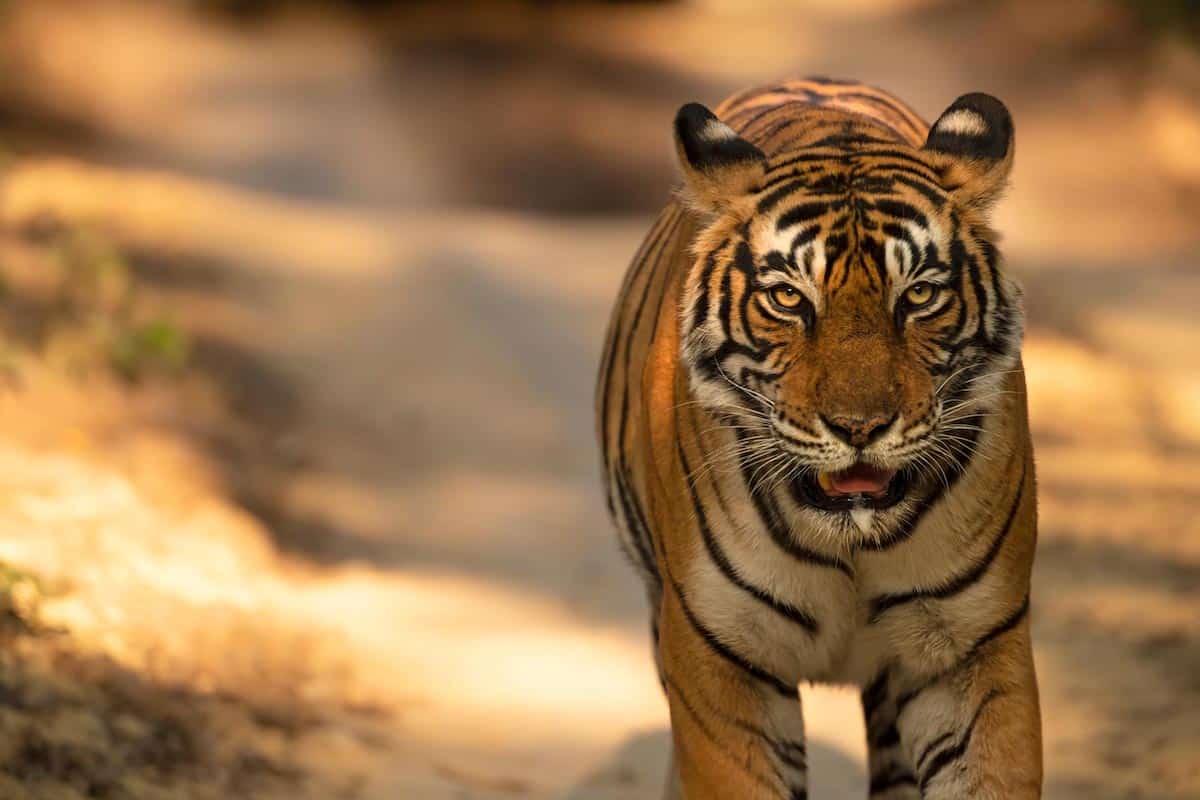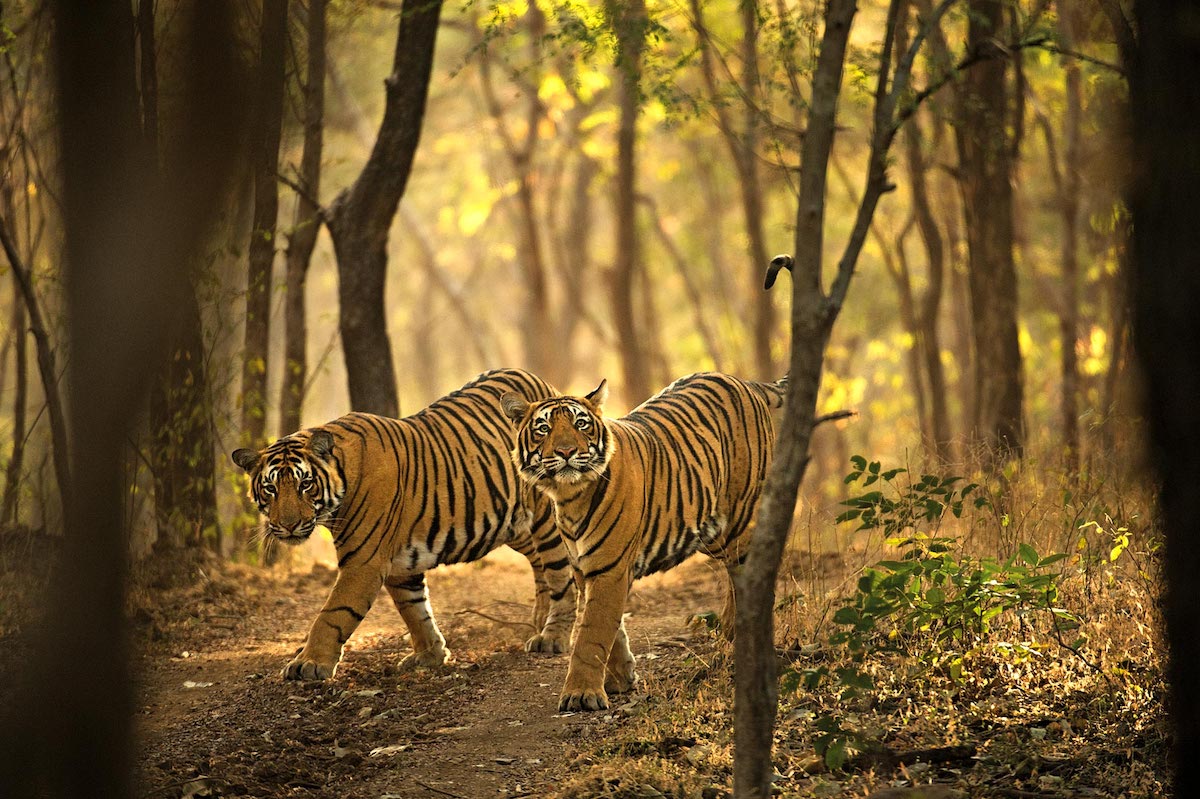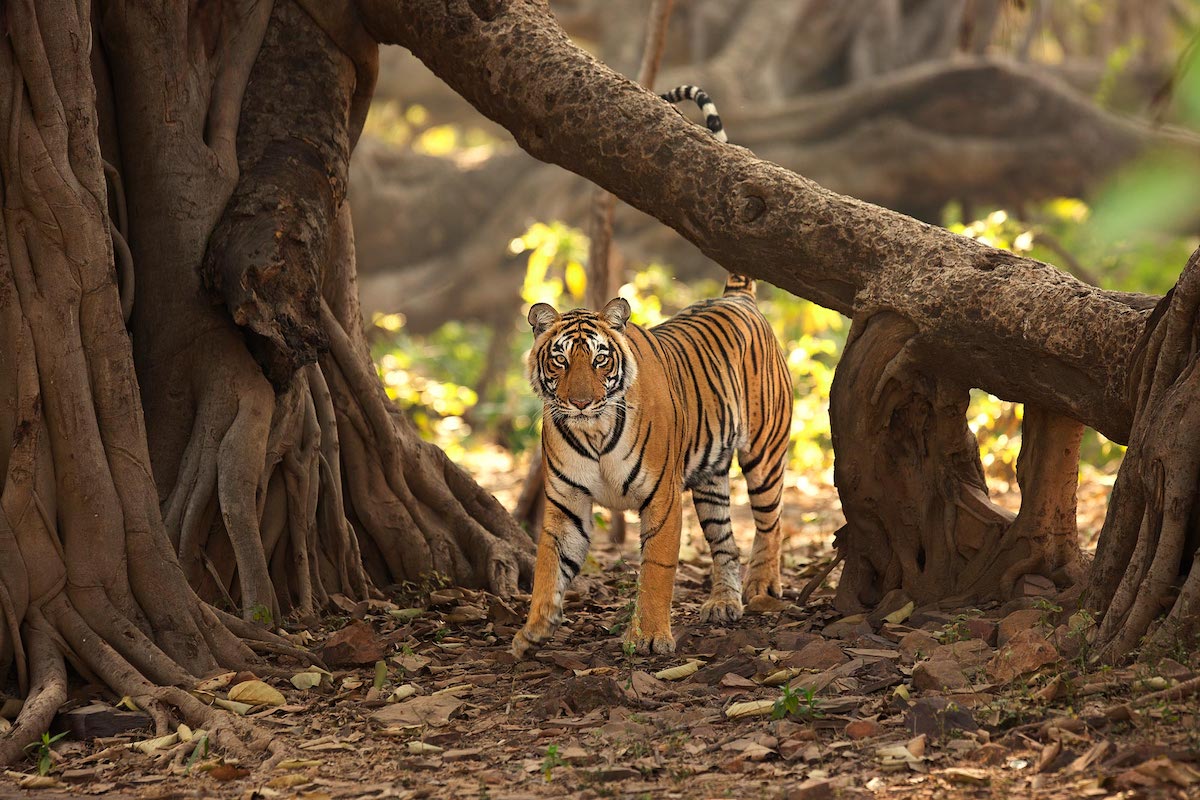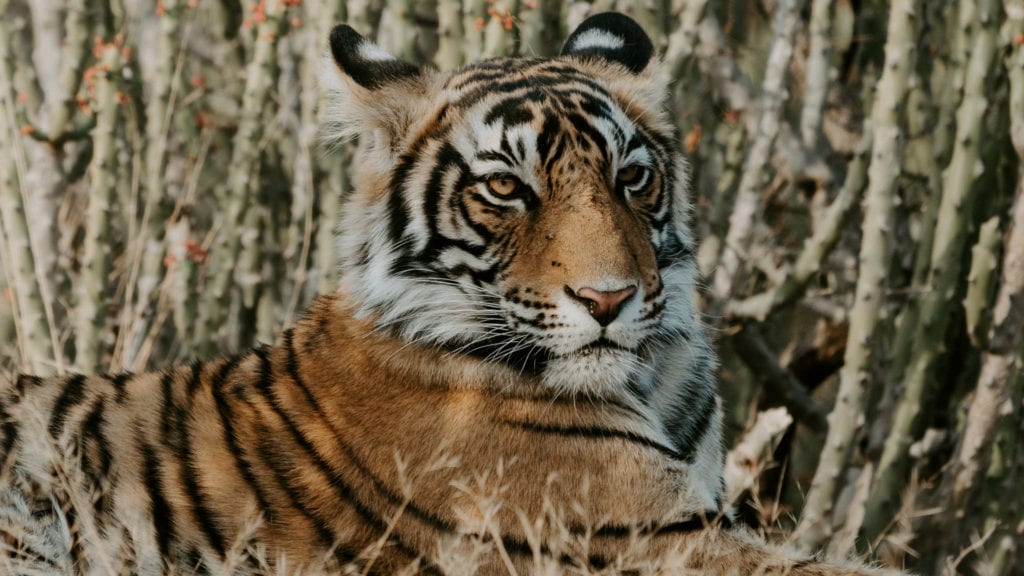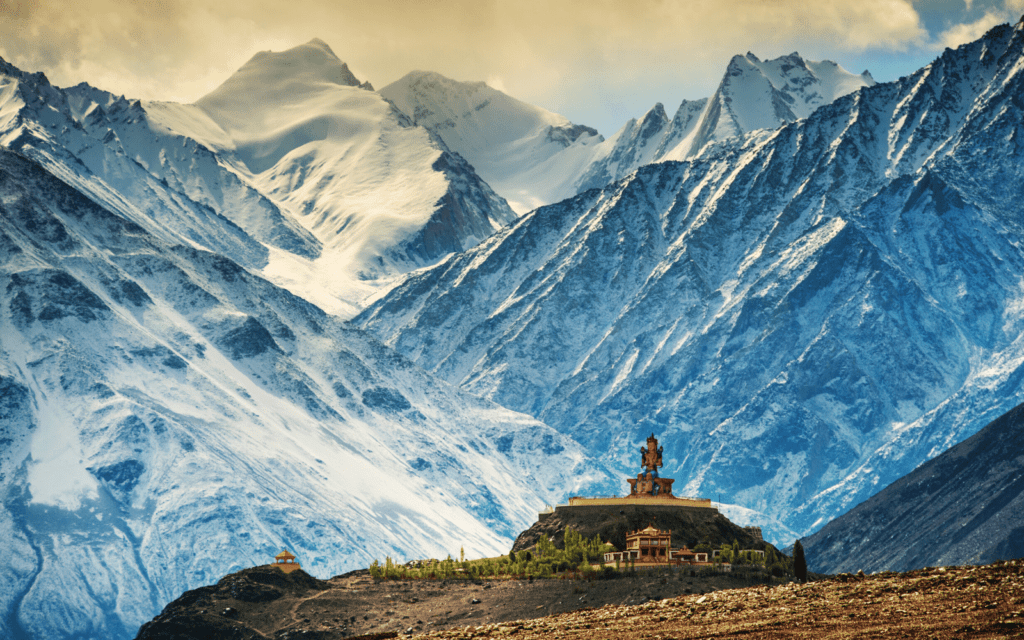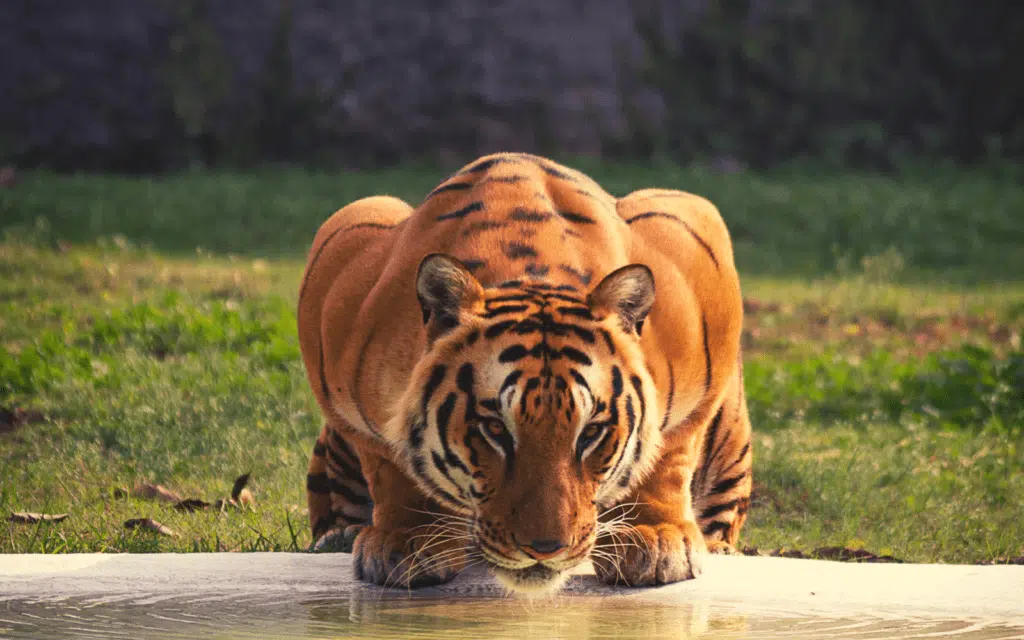MYSTICAL & ELUSIVE
On the Search for India’s Big Cats
India is a wondrously diverse nation with more than a handful of reasons for visiting. But from the perspective of a safari traveler, it is its big cats that hold the greatest draw.
Of these, the tiger is certainly the biggest celebrity, and India is renowned as the premier destination for viewing these striated felines, with over three-quarters of the world’s wild tigers residing here.
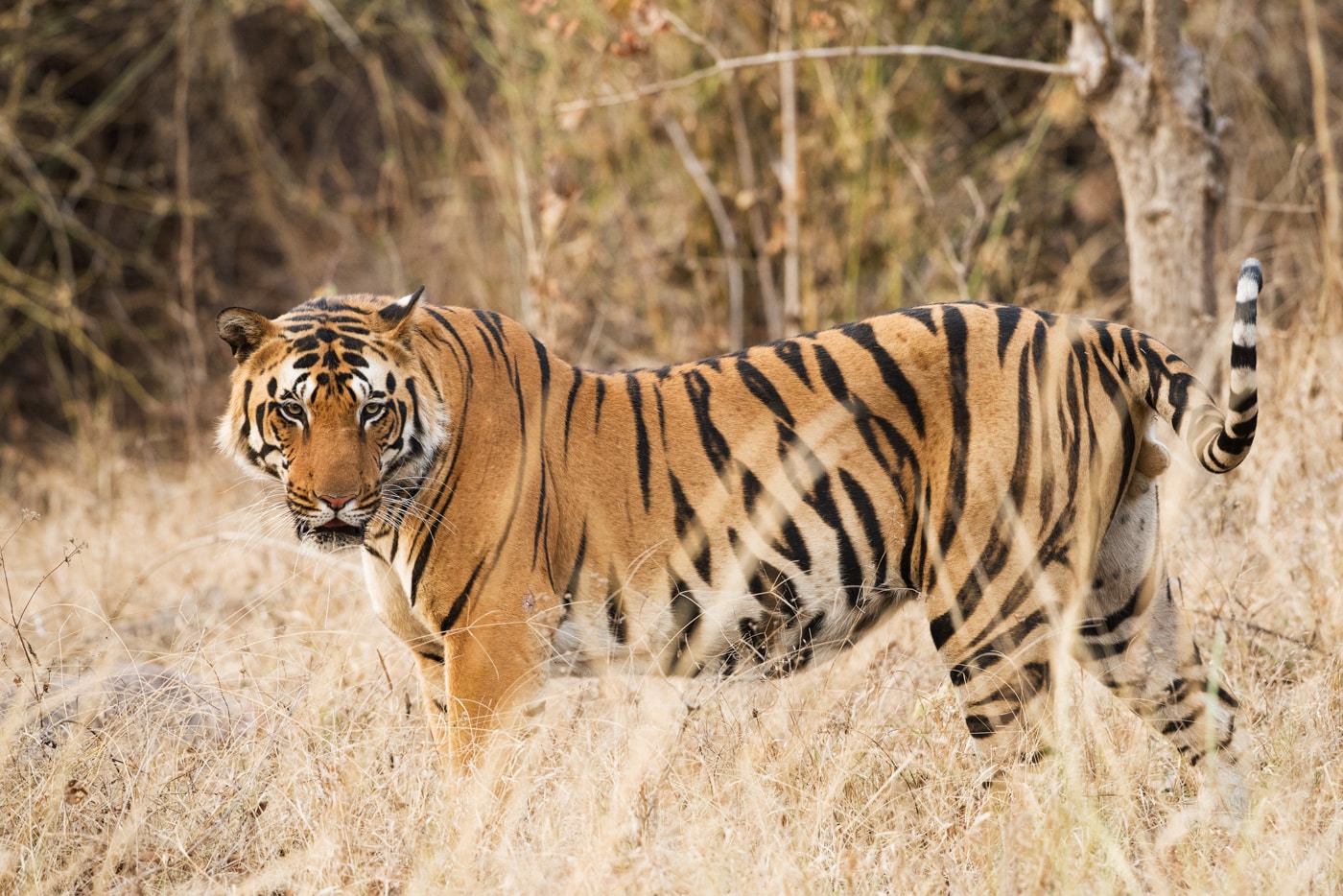
Despite the Bengal tiger – India’s endemic subspecies – being the most populous of all tiger species, they remain highly endangered and elusive. Even more so, another of India’s big cats, the snow leopard, is struggling to stave off extinction, and as little as 400 individuals remain in India.
Disease, poaching, deforestation and human encroachment on habitats have all taken their toll on India’s tiger population, which reached its lowest ebb in 2006, with just 1,400 remaining. But recent years have brought good news for one of the world’s largest felines, second biggest only to its Siberian cousin.
A positive surge in both conservation efforts and tiger numbers has resulted in an encouraging 6-percent increase annually to reach an estimated 3,170 individuals today, but the banded Bengal remains desperately, sometimes disappointingly evasive. Tiger safaris are never guaranteed of a sighting, and no use of tracking equipment throughout India only adds to this. Despite this, we have diligently assessed guides, operators and destinations to offer you the best opportunity possible.
This is even more the case for India’s ghost cat, the snow leopard, and the snowy climes of the Himalaya make searching all the more challenging, though a sighting infinitely rewarding.
Here one moment, gone the next, It is little wonder that Ladakh’s snow leopard has been aptly dubbed ‘the ghost cat’.
These remarkable images – captured by the incredible (and incredibly patient) @sascha.fonseca – were three years in the taking, caught by one of Sascha’s diligently placed camera traps.
Perhaps a slightly bleak and uninspiring way to begin our blog on finding India’s big cats, these facts should serve as no dissuasion to those wishing to see the nation’s felines, with so much more also on offer to fulfil an itinerary.
The contrast of its towns and cities, landscapes and environments, and reasons for visiting are such that, though the tiger or ghost cat may be your quarry, you will doubtlessly gain so much more from a journey to India.
Now is a particularly good time to visit for several reasons.
India is a superbly affordable destination, with both flights and accommodation being somewhat compassionate to the pocketbook. An itinerary can also incorporate the diversity mentioned above, taking in its many historical sites and spectacular architecture, crossing climates from the warmth of the center and south to the snowcapped mountains of the north.
Though once prevalent in India, cheetah were hunted to extinction in 1948. However, partnership with the South African and Namibian governments and the Cheetah Conservation Fund have reintroduced the species in the hope that careful conservation and breeding may result in a naturally-balanced Indian population. Like Africa’s Big Five, India now has a Big Feline Five – the Bengal tiger, snow leopard, Indian leopard, Asiatic lion and now cheetah.
But if India’s big cats are your primary motivation, we have selected some of the best destinations for discovering the country’s striped and spotted residents.
- Pench National Park
- Kanha Tiger Reserve
- Bhandhavargh National Park
- Ranthambore National Park
- Kuno National Park
- Hemis National Park
PENCH NATIONAL PARK
Pench National Park is often lauded as one of the finest destinations for finding tigers. It is both lush and abundant in life, and it is here that Rudyard Kipling found inspiration for his iconic tales captured in ‘The Jungle Book’. Mowgli, Baloo et al found their home in the forests of Pench and when visiting, it is more than evident as to why the author invisaged his protagonists prowling these environs. The little sister of neighboring Kanha Tiger Reserve, it is wonderfully picturesque, and with an estimated 65 tigers in residence, likelihood of a sighting is particularly high – though of course, never guaranteed.
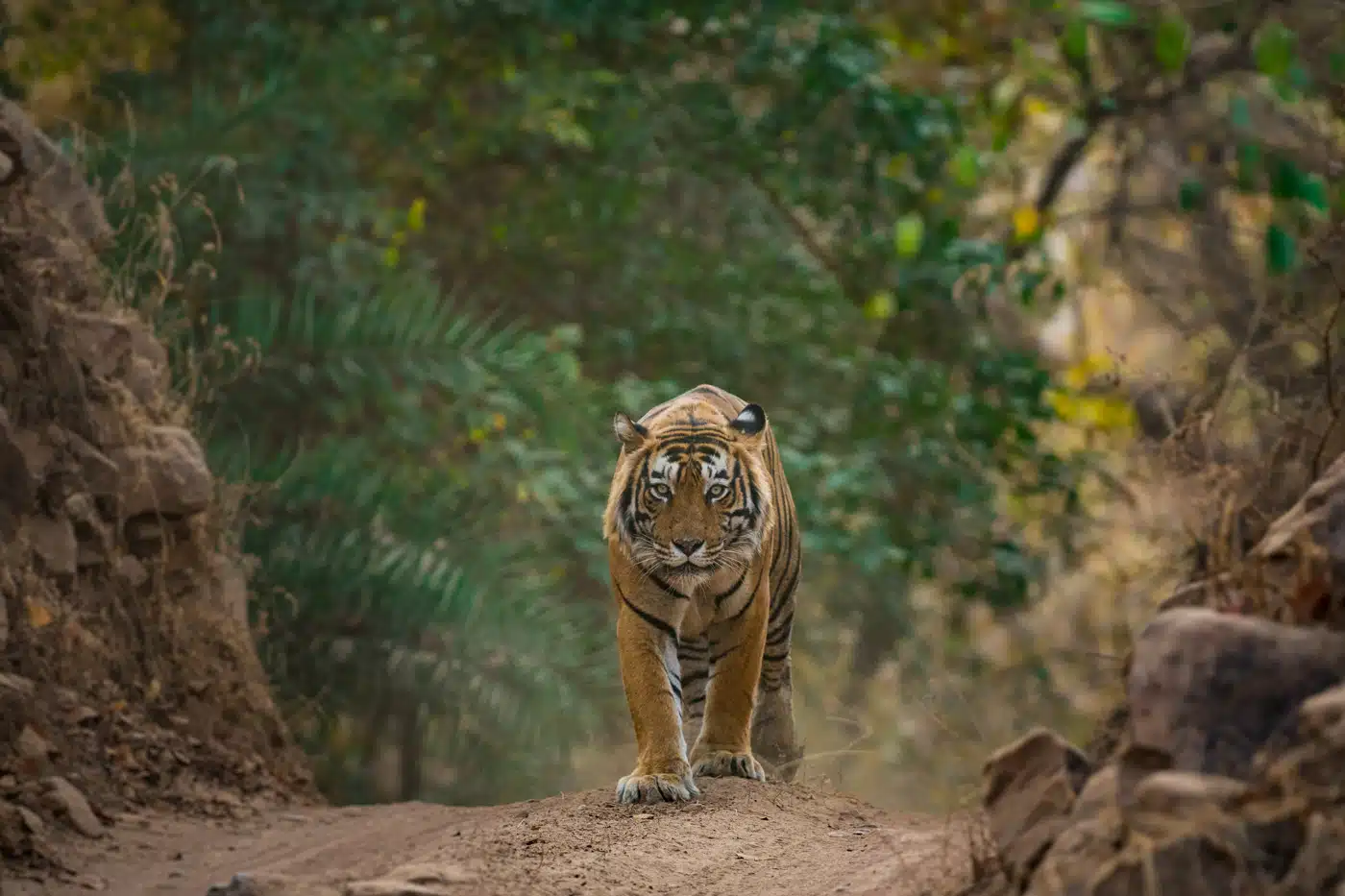
At 300 square miles (760km²) it is considerably more diminutive than many of its African peers, but what Pench lacks in size, it more than compensates for in abundance. Chital, jungle cat and Indian leopard add to feline populations, while wolf, gaur, four-horned antelope and sloth bear add to the mammalian residents of Pench. In the skies there is also a great variety of birds including crow pheasant, peafowl, Indian roller, blue kingfisher, crimson-breasted barbet, and red-vented bulbul contributing to a kaleidoscope of feathered color.
Though smaller, Pench is naturally bountiful and its reduced size makes the fauna both more prolific and easier to find, hence why Pench has its reputation for superb tiger viewing. The river Pench bisects the park, drawing wildlife to its banks and providing a corridor of nature to explore in search of tigers.
Located in the heart of India, Pench is wonderfully accessible from many other destinations, enabling it to be incorporated into a more expansive itinerary with ease.
KANHA TIGER RESERVE
Set in India’s Central Highlands, Kanha is a more verdant destination, and the specifically-designated tiger reserve offers some of the highest success rates for tiger spotting. The reserve is also home to leopard, sloth bear, barasinga, four-horned antelope and wild dogs, and as with Pench National Park, this provides more to fulfil a safari than tigers alone.
Also like Pench, the tiger population is comparatively both high and condensed, making sighting significantly more likely, though not assured, than in other regions. Though close to Pench, it is noticeably different, and the highlands provide a more undulating landscape to explore.
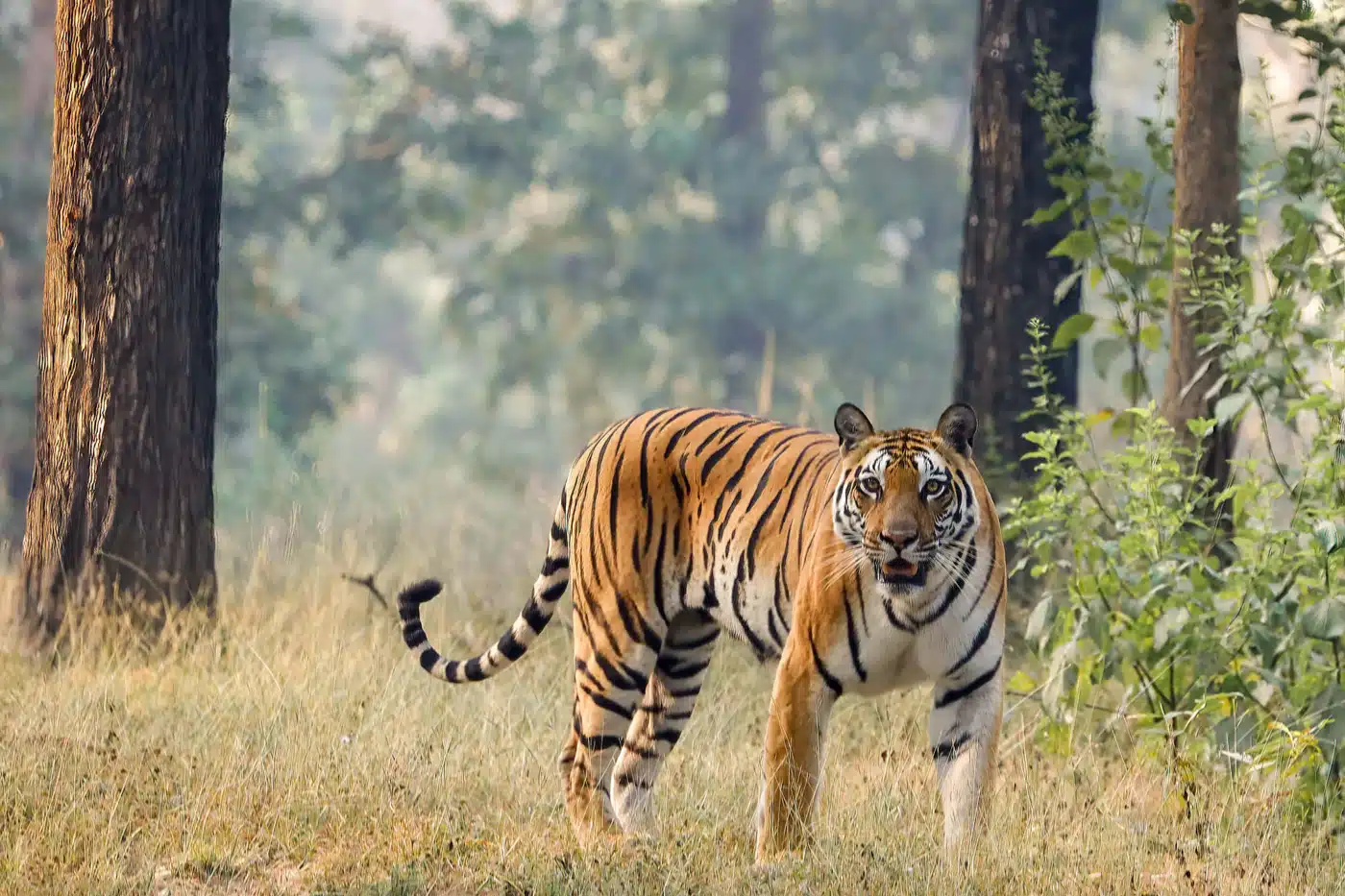
This proximity also creates potential variability in your travels, taking in the contrasting aspects of both parks.
The high summer months of April to September coincide with high temperatures and monsoons, and the park is closed to visitors for much of this time. November to February welcome cooler months, less rain and more pleasurable safaris, though also attract an increased number of visitors. With 775 square miles 2,000 km²) to explore, this rarely impacts a game drive, though the border months of October and March are suggested for a more exclusive experience.
BHANDHAVGARH NATIONAL PARK
Though one of India’s smallest national parks, Bandhavgarh is wonderfully abundant, with one of the highest densities of tiger populations in the world.
This increases the likelihood of big cat spotting dramatically and, as with our recommendations, frequently places Bhandhavgarh within the top three destinations for tiger safaris. Bordering Pench National Park, Bhandhavargh has some distinct differences that make it uniquely appealing.
Bhandhavargh is named for the ruins that lie within its borders, the name translating as ‘brother fort’. Built in the tenth century, Bhandhavargh is a fascinating site to explore, now consumed by the forests that surround it, though still remarkably preserved for a building over 1,000 years old.
Numerous mammal species reside within the park, including leopard, monkeys, elephant and several deer and canid species. But it is also home to a stunning genetic mutation: the white tiger. Neither albino nor a subspecies, the white tigers of Bhandhavargh possess pure white fur, rather than the familiar Bengal orange, and piercing blue eyes.
The park is also the location of several conservation programs, including rehabitation, anti-poaching efforts and breeding programs to support the populations of tigers and other endangered species.
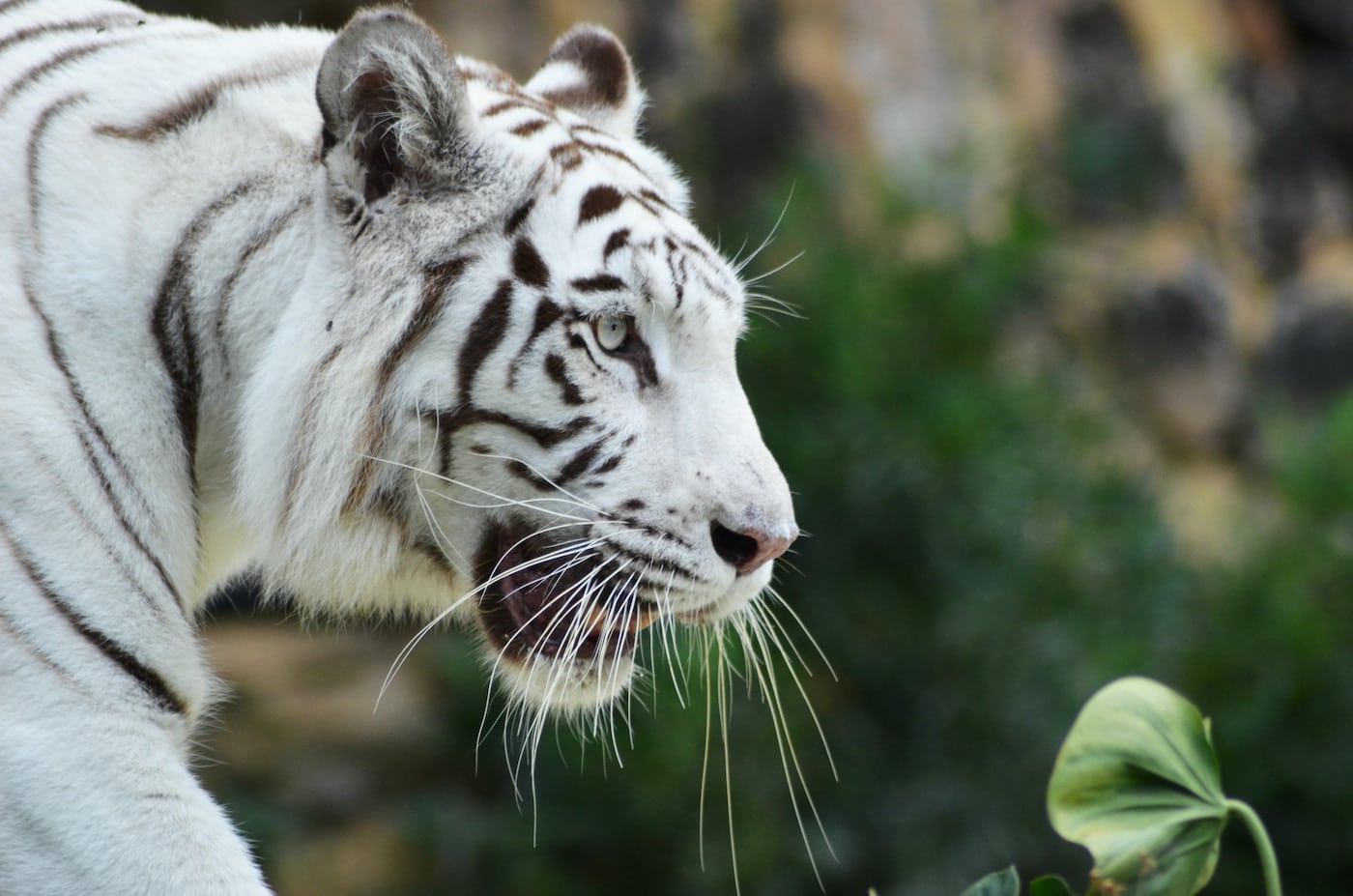
This diversity of attractions combines for multi-faceted journey, exploring both India’s flora and fauna, and its rich and ancient history.
RANTHAMBORE NATIONAL PARK
One of the largest of India’s national parks, Ranthambore is scattered with ruins, forests and lakes, providing dramatic scenery through which to travel.
It is also rather popular, and though we usually tend to avoid more frequented destinations, its proximity to Jaipur makes it highly convenient and accessible. Located in the northwestern state of Rajasthan, Ranthambore is more arid than the central Indian parks, but it also offers a truly timeless experience.
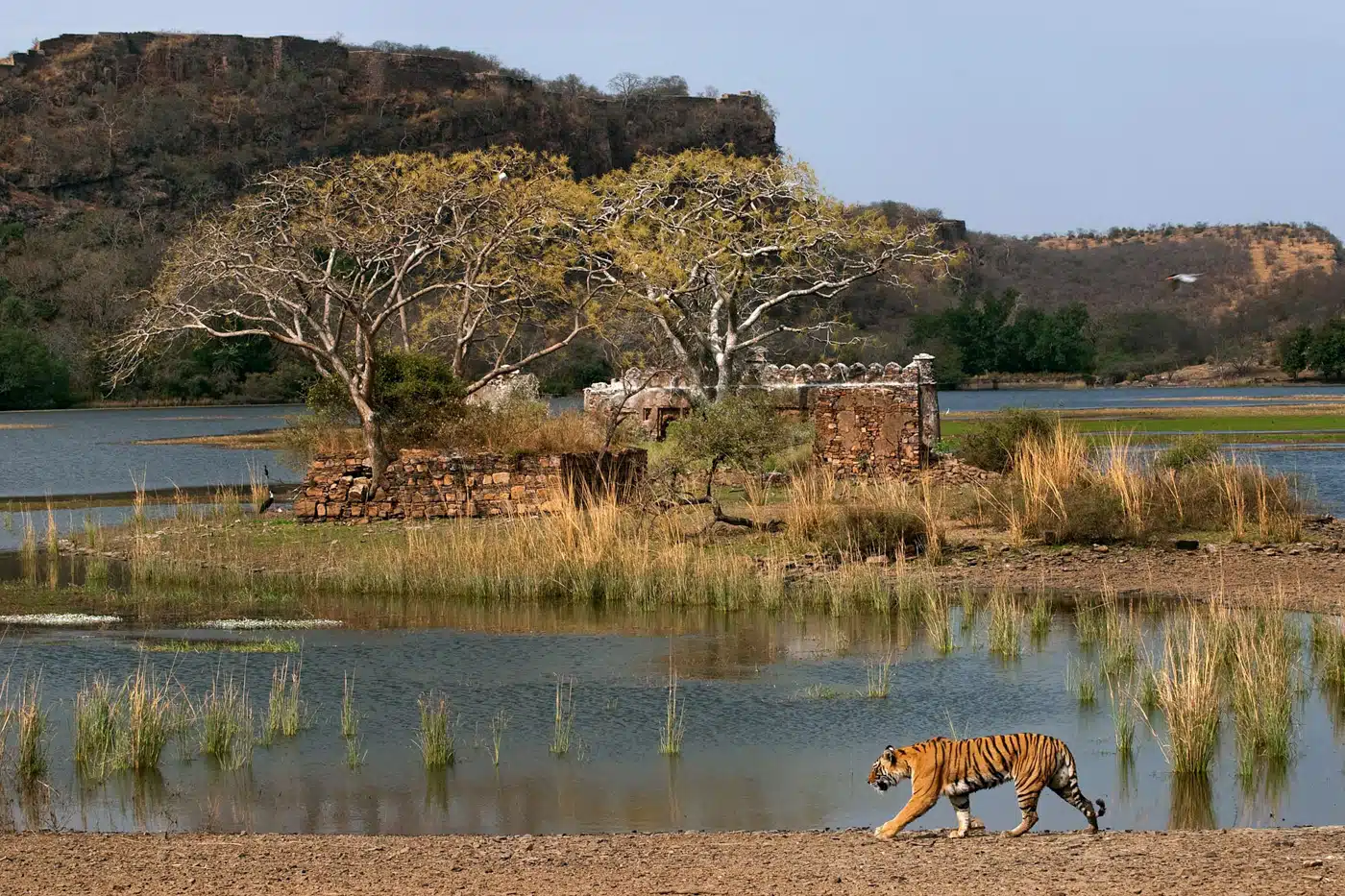
When one imagines a Raj-era tiger safari, it is an impression of Ranthambore that one weaves onto the canvas of the mind. Golden grasses, sandy trails, rocky outcrops and the forgotten remnants of palaces and structures create an air of timelessness to Ranthambore. For photographers, this variance of elements creates a breathtaking backdrop on which to capture wildlife.
Its popularity serves it well, attracting luxurious accommodations and exceptional guiding. The Sújan portfolio comprises three elegant and opulent camps, swathed in snow-white canvas and creating a sense of regal decadence to the plains of Rajasthan.
The park was once the hunting grounds of Jaipur’s Maharaja, but was established as a game sanctuary 70 years ago, with tiger numbers continually increasing. The tiger isn’t the lone big cat of Ranthambore, though certainly the most revered, and one can find leopard, civets and desert foxes prowling the forests.
Photos: ©Suján
The cities of Jaipur and Jodhpur are both within an accessible distance to Ranthambore, taking one from palaces to plains, and from culture to creatures to provide several aspects of India’s many faces within an abbreviated itinerary or as part of greater Indian explorations.
KUNO NATIONAL PARK
Kuno is a viridescent oasis in an otherwise dry and unforgiving region of central India. Fed by the Kuno River, dense jungle fills the park, drawing wildlife of all kinds and creating one of India’s most biodiverse reserves.
While other parks will harbor 20 or so mammal species, Kuno boasts 33, its bird numbers also 30 percent higher than elsewhere.
The king of this jungle is the leopard, though seven other big cats, including civets, foxes and wild cats reside in Kuno. Tiger are highly infrequent, though seen occasionally as they migrate to Ranthambore National Park. Here too, one can see bison, striped hyena, deer and antelope, porcupines and several monkey species.
But what has brought recent fame to Kuno is the reintroduction of cheetah. Translocated from Namibia, Kuno was selected as ground zero for the return of cheetah to India. 12 individuals now reside in the park, carefully monitored and protected with the hope that they will breed and establish a healthy and sustainable population.
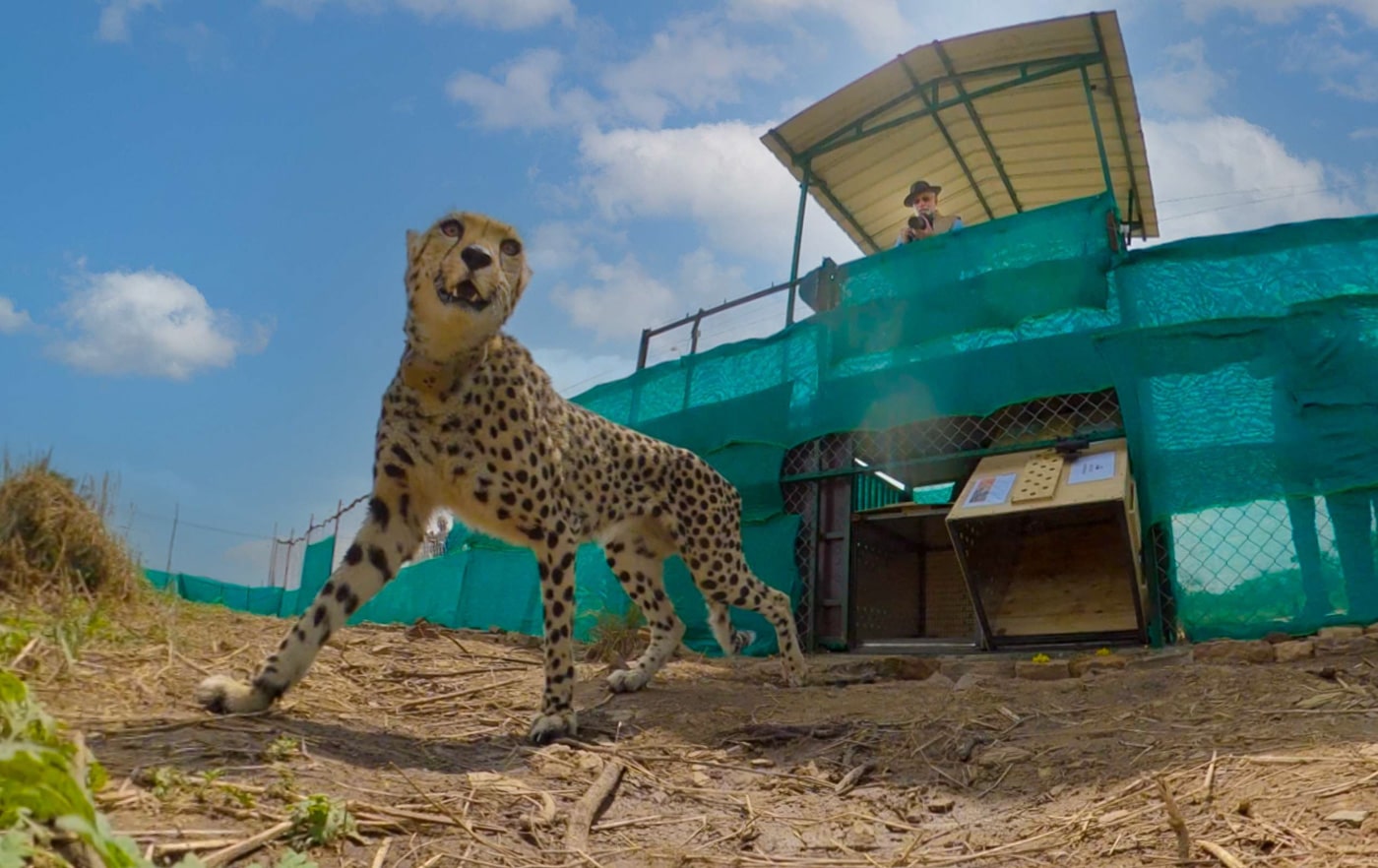
Once prevalent throughout India and the Middle East, cheetah have suffered three extinctions in this part of the world, mostly despite the impact of man, but hunting was heavily responsible for the big cat’s most recent eradication in India. Without hunting, and with anti-poaching management and extensive veterinary care, it is hopeful that the program will see a sustainable and permanent return of these majestic big cats.
There is also discussion of a reintroduction of the Asiatic lion, once prevalent in the region, taking Kuno’s big cat count to an impressive and unmatched eight species.
Kuno is a wondrous and fascinating park. It is also one of India’s leaders in conservation efforts. One will be in awe of the verdant jungle, ancient ruins and prolific life, but it is also gratifying to appreciate that tourism is both carefully managed and imperative to the success of the park’s conservation efforts.
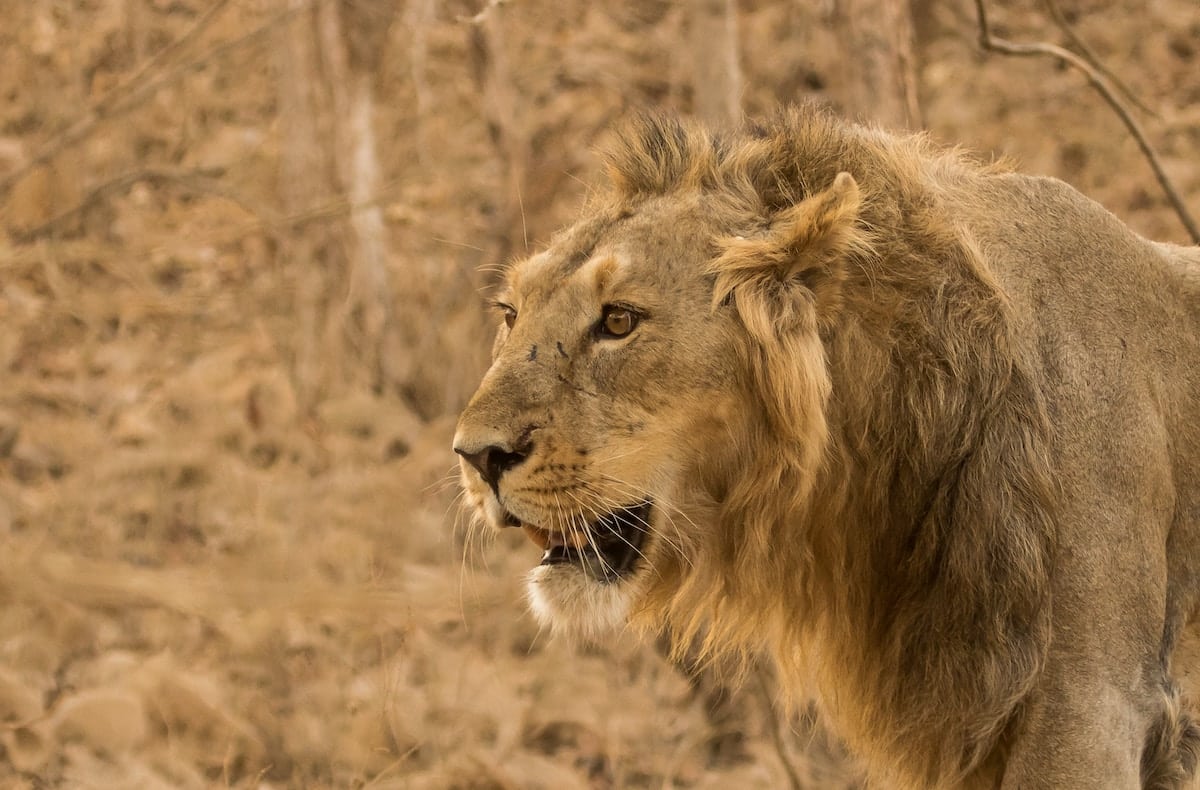
HEMIS NATIONAL PARK
From the striped to the spotted, there is one big cat for which Hemis has become renowned: the ghost cat. Even more than the Bengal tiger, snow leopards are notoriously challenging to spot, both because of their diminutive numbers and expansive territory, and their impeccable camouflage. Wildlife photographers will visit for months at a time in hope of capturing these desperately elusive creatures in their natural habitat, sometimes departing fruitlessly even after such a lengthy and diligent assignment. And yet a distant glimpse is all it takes to become utterly captivated by the beautiful big cat.
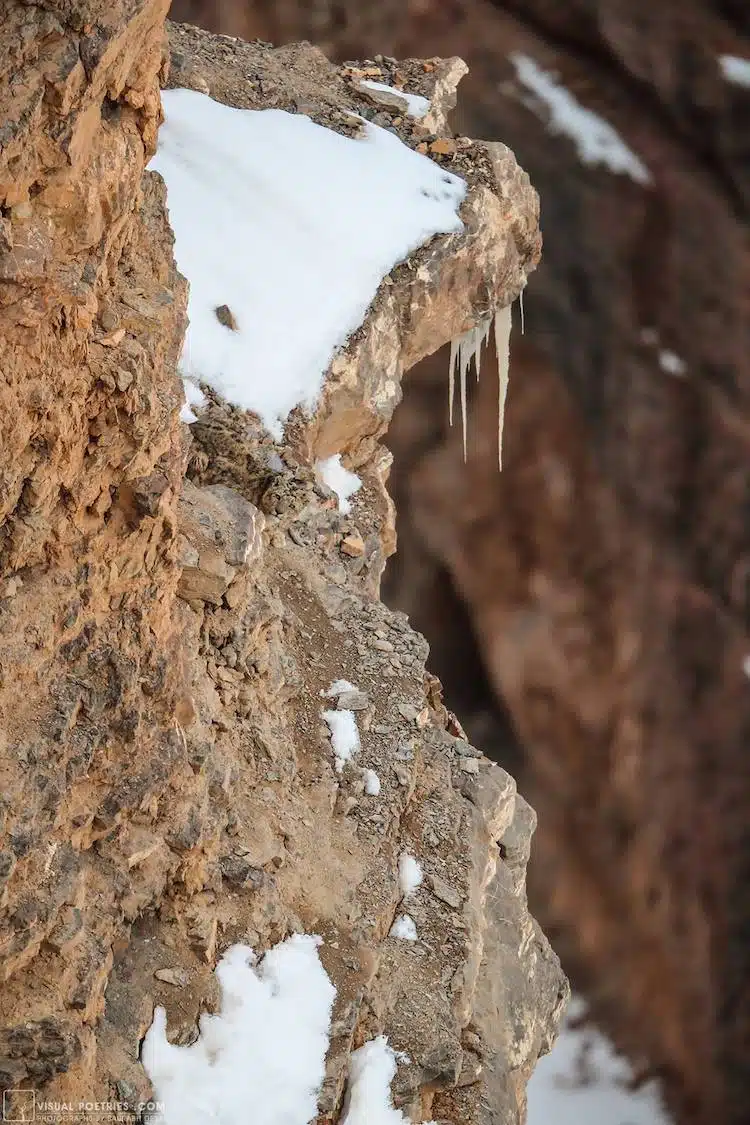
The nearest major city of Leh sits at 11,500 feet (3,500m) above sea level, so acclimatisation is necessary, especially when considering treks into the surrounding majestic mountains in pursuit of snow leopards.
Though it might be one primary reason for visiting the northern region, Hemis’ big cats become almost supplementary to all Ladakh has to offer. If the grasslands and ruins of Ranthambore are timeless in their environs, Ladakh is so in its culture and people. Though Western influence is creeping into the corners of the region, it remains predominantly untouched by outside influence and First-World modernity. Devoutly Buddhist, the towns and villages of the Himalayan foothills are peppered with brightly-colored temples and shrines, prayer flags waving gently in the breeze, striking a vibrant contrast to the greys and whites of the mountains and the impossibly blue skies.
Finding snow leopard is challenging, but it is also an incredible experience. Guides are in continual communication with one another, alerting them to the most recent whereabouts of big cats in the area. Leading you into the forested lower escarpments, guides are eagle-eyed and offer you the greatest likelihood of capturing a glimpse of the ghost of the Himalaya.
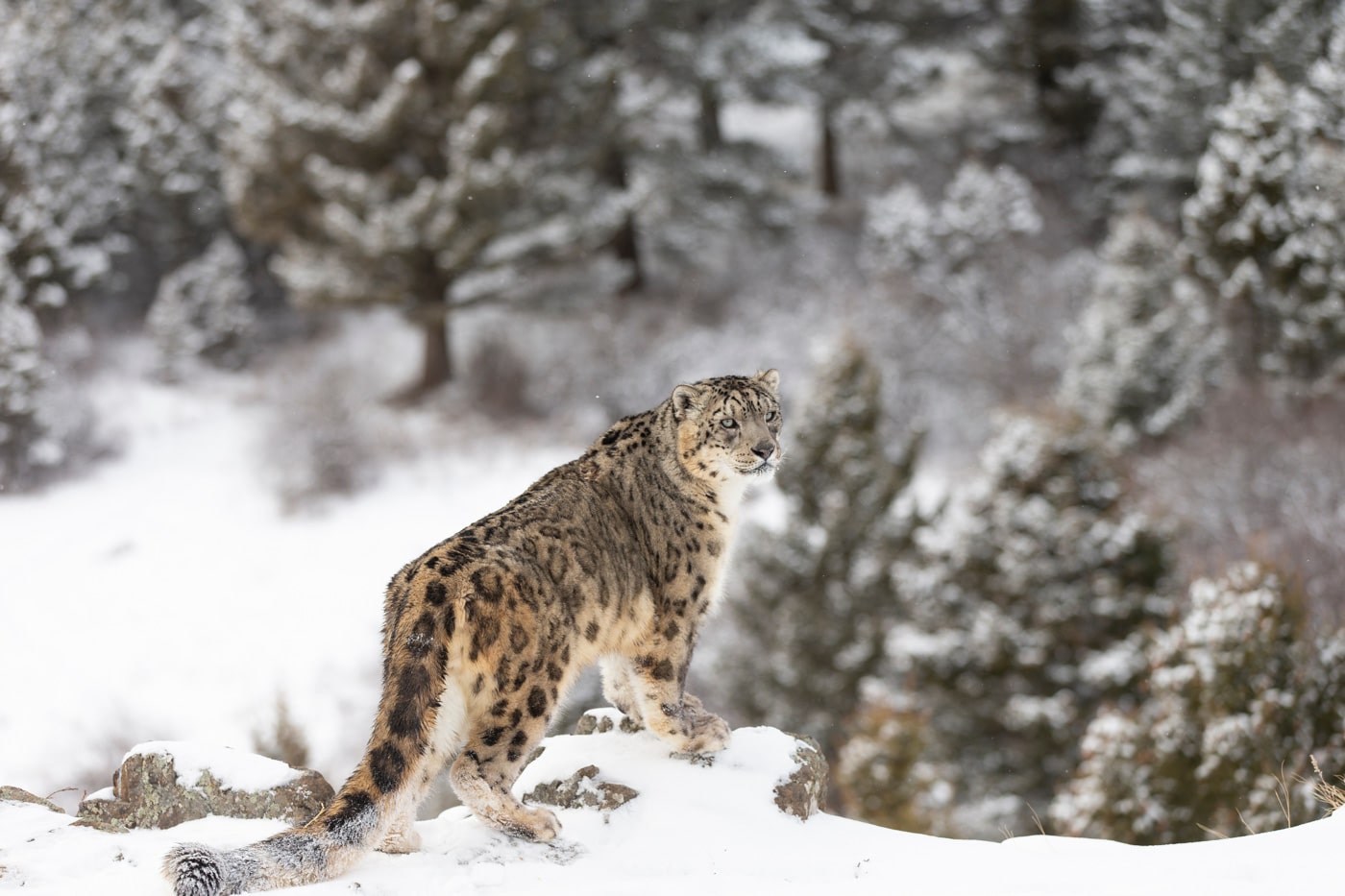
If guaranteed sightings, game drives and abundant nature are on your vacation checklist, Ladakh is not for you. But if you possess a sense of adventure, a love of foreign cultures and more than a modicum of patience, snow leopard tracking offers an opportunity that few have ever experienced, completely incomparable and assured to stay with you for the rest of your life.
In Africa, you can almost trip over a lion on your way to breakfast. Though also not assured, the big cats of Africa are significantly more abundant than in India, and far from the only creatures to be spotted.
Where India stands apart is in its diversity, culture and uniqueness. One would be foolish to visit India solely to go on safari in search of tigers and hope to see them in number. However, an expertly crafted itinerary will pull back the veil, not only on the country’s elusive big cats, but also on a nation that is culturally and historically fascinating, with myriad opportunities for adventure, exploration and luxury.
As mentioned, it must be stressed that big cat sightings aren’t guaranteed in India, but with the right guide, the best location and an itinerary created by our India expert Viji Krishna, you will discover the many faces of India, and hopefully some of the stripey and spotted faces too.
Talk to our travel designers about discovering the big cats of the world, or seeking your favorite animal, wherever and whatever it may be.
